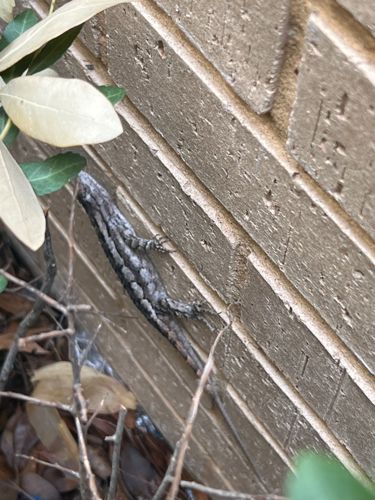Brown Anole / Carolina Anole (Color Variant)
Scientific Name: Anolis sagrei / Anolis carolinensis
Order & Family: Squamata, Dactyloidae
Size: Males typically 5-8 inches (12.5-20 cm) including tail; females slightly smaller.

Natural Habitat
Found in a variety of habitats, including forests, suburban gardens, parks, and urban areas. Often seen on fences, walls, trees, and shrubs.
Diet & Feeding
Primarily insectivorous, feeding on crickets, grasshoppers, moths, flies, beetles, and other small invertebrates. They may also consume small spiders.
Behavior Patterns
Diurnal (active during the day). Known for their ability to change color (though not as dramatically as chameleons), often from brown to green or vice-versa, depending on mood, temperature, and surroundings. Males display territorial behavior, bobbing their heads and extending a dewlap (throat fan) to assert dominance or attract mates. They are agile climbers and quick to dart away when threatened.
Risks & Benefits
Generally harmless to humans. They are beneficial as they eat many common insect pests. In some areas where the Brown Anole (Anolis sagrei) has been introduced, it can outcompete the native Green Anole (Anolis carolinensis), which can be considered an ecological risk to native populations. The individual in the image appears to be a brown morph or a brown anole.
Identified on: 10/25/2025